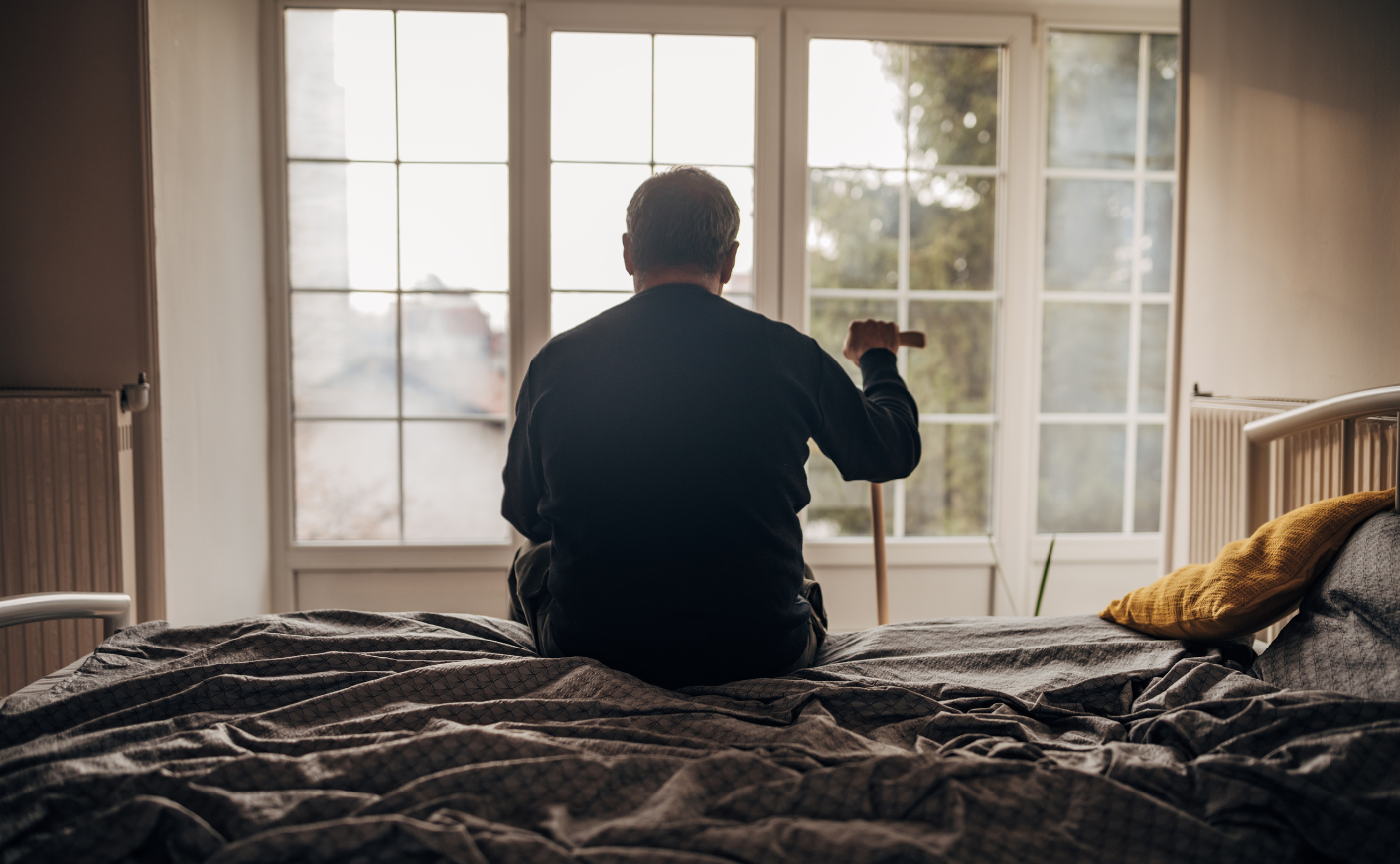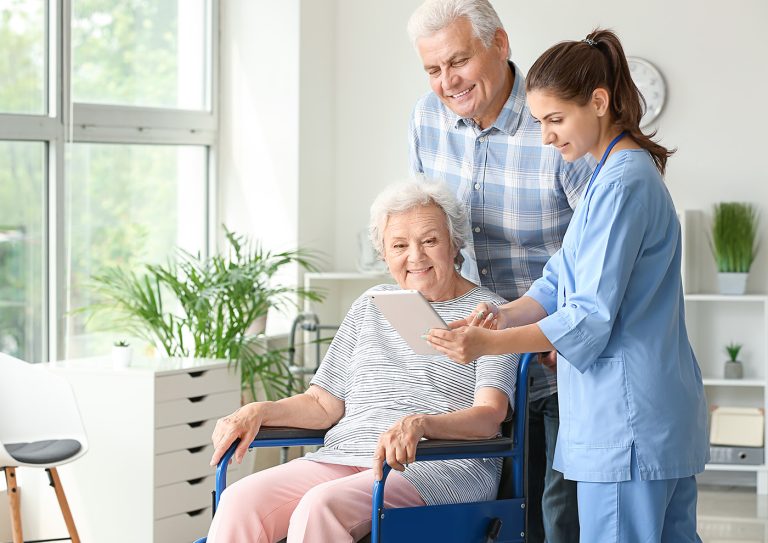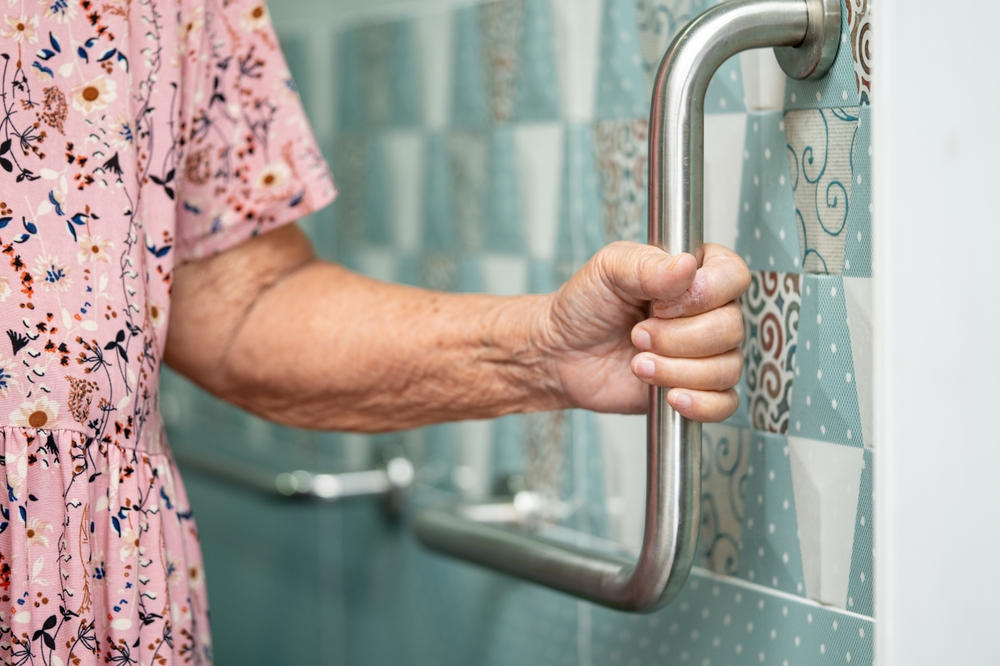Falls can be a significant concern, particularly for older adults. The risk of falls increases with age, and the consequences can be severe, leading to injuries or even affecting independence. To address these concerns, community fall prevention programs have become essential. These programs aim to reduce the incidence of falls and create a safer environment for everyone, particularly the elderly.
In the realm of health and safety, community fall prevention programs play a pivotal role. These initiatives are designed to educate, empower, and equip individuals and communities with the necessary tools and knowledge to minimize fall risks. By fostering awareness and promoting proactive measures, these programs contribute to a healthier and more secure society.

Understanding the Importance of Fall Prevention
Falls are not merely accidents; they are preventable events that can have serious repercussions. According to the Centers for Disease Control and Prevention (CDC), millions of older adults fall each year, resulting in injury and even death. The need for effective strategies to prevent falls is crucial, and this is where community fall prevention programs come into play.
Impact of Falls on Seniors
For seniors, falls can lead to hip fractures, head injuries, and a decline in physical ability. These incidents can severely impact the quality of life, leading to a loss of independence and increased healthcare costs. Understanding the impact of falls emphasizes the necessity of implementing comprehensive prevention strategies.
Economic Consequences
The economic burden of falls is substantial. Medical expenses, rehabilitation costs, and long-term care can place a significant strain on healthcare systems and families alike. By investing in community fall prevention programs, communities can reduce these financial burdens and allocate resources more effectively.
Key Components of Community Fall Prevention Programs
Education and Awareness
Education is a cornerstone of any effective fall prevention program. By raising awareness about the risks and causes of falls, individuals can take proactive steps to mitigate these dangers. Community workshops, seminars, and informational campaigns are instrumental in spreading knowledge and encouraging safe practices.
Environmental Modifications
Creating a safer living environment is crucial in preventing falls. This includes simple modifications like installing grab bars, improving lighting, and removing tripping hazards. These adjustments can significantly reduce the risk of falls in homes and public spaces.
Exercise and Physical Activity
Regular physical activity strengthens muscles, improves balance, and enhances coordination. Community fall prevention programs often incorporate exercise regimes tailored to older adults, promoting strength and stability. For more on the importance of exercise in fall prevention, visit [this article](https://motions.living/research-on-fall-prevention-exercises/).
Medication Management
Some medications can increase the risk of falls due to side effects like dizziness or drowsiness. Community fall prevention programs emphasize the importance of regular medication reviews to ensure that prescriptions do not contribute to fall risks.
The Role of Technology in Fall Prevention
Fall Detection Systems
Technological advancements have introduced fall detection systems that alert caregivers or emergency services in the event of a fall. These systems, such as wearable devices, provide an added layer of security for individuals living alone. To understand the differences between various fall detection technologies, explore [this comparison](https://motions.living/wearable-vs-non-wearable-fall-detection/).
Smart Home Innovations
Smart home technologies, including motion sensors and automated lighting, can enhance home safety by reducing the likelihood of falls. These innovations represent a significant leap forward in creating safer living environments.
Community Involvement and Support
Local Government Initiatives
Local governments play a critical role in supporting community fall prevention programs. By allocating funds and resources, they can implement widespread initiatives that benefit the entire community.
Volunteer Programs
Volunteers are essential in assisting with program implementation and providing support to those at risk of falls. Community involvement fosters a sense of unity and collective responsibility for safety.
Collaboration with Healthcare Providers
Collaboration between community programs and healthcare providers ensures that individuals receive comprehensive care. Regular health check-ups and personalized advice can significantly reduce fall risks.
Conclusion: Building a Safer Future
In conclusion, community fall prevention programs are pivotal in ensuring safety and well-being, particularly for older adults. By focusing on education, environmental modifications, exercise, and technology, these programs can drastically reduce the incidence of falls. For more information on falls and prevention, visit [Physio-pedia](https://www.physio-pedia.com/Falls_and_Falls_Prevention_in_Older_Adults) (rel=’nofollow’).

FAQs
What are the most common causes of falls?
Common causes of falls include tripping hazards, poor lighting, medication side effects, and muscle weakness. Identifying these factors is crucial in preventing falls.
How can exercise help in fall prevention?
Exercise improves strength, balance, and coordination, reducing the risk of falls. Engaging in regular physical activity is a key component of fall prevention strategies.
Are fall detection systems reliable?
Yes, fall detection systems have proven to be reliable in alerting caregivers in case of a fall, especially for individuals living alone. They are an essential tool in fall prevention efforts.
This article contains affiliate links. We may earn a commission at no extra cost to you.






